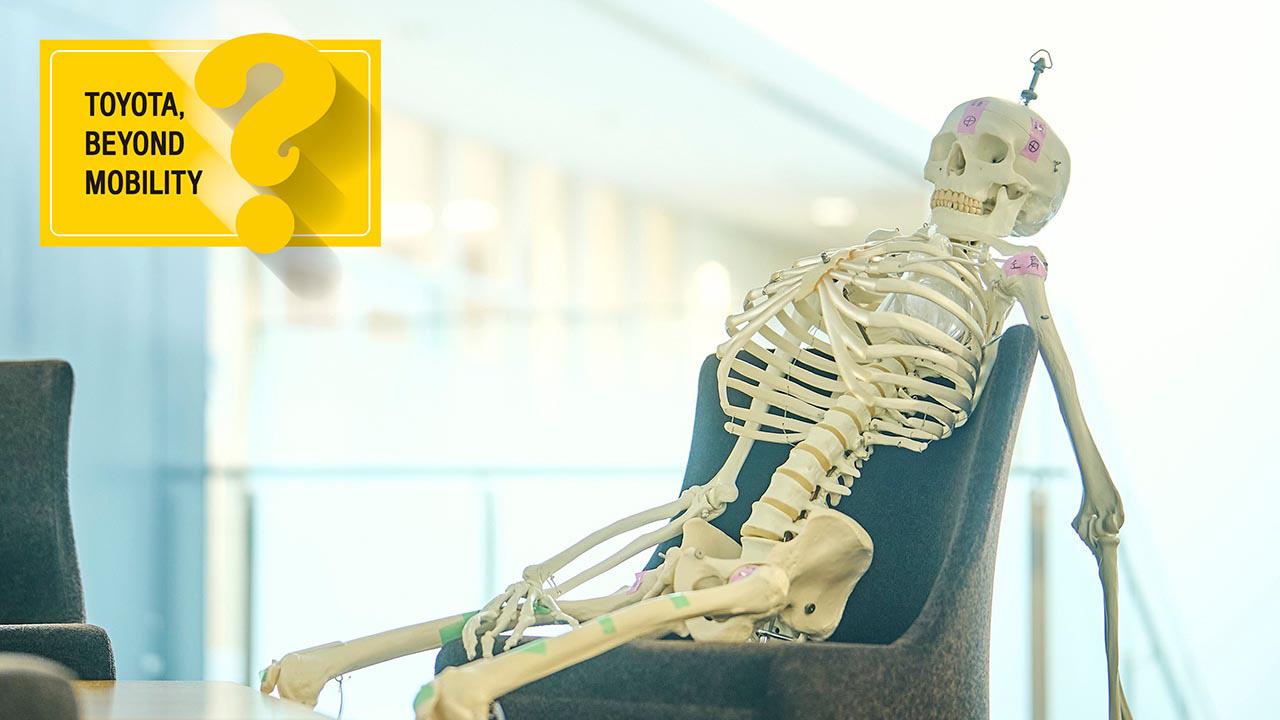
This is a series showcasing Toyota's research in non-automotive fields. This time, we discovered our dream seats.

Let’s start by checking out this chair.
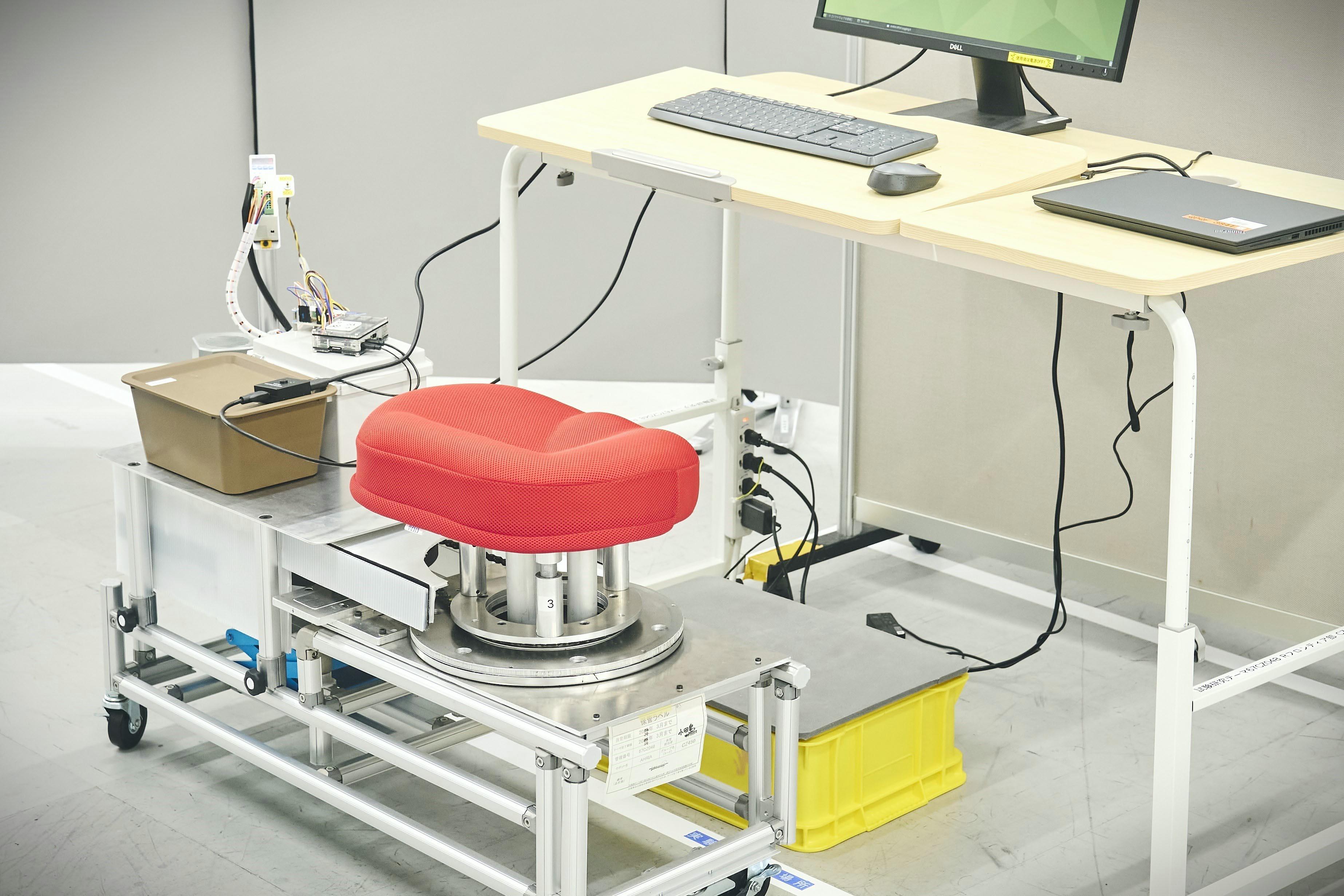
With this chair, just sitting can be exercise. To learn how this is possible, we need to look beneath the seat.
How to exercise just by sitting
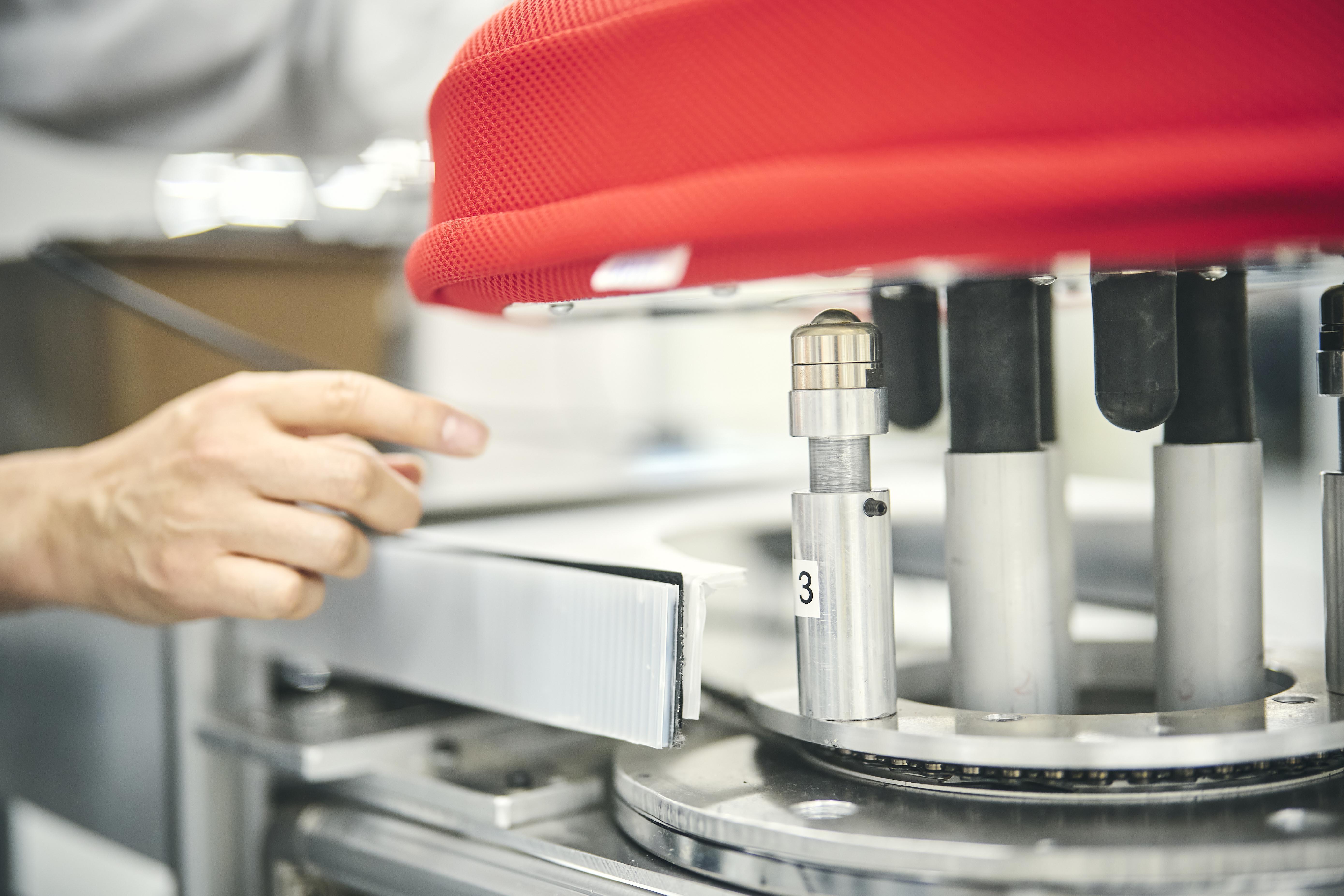
One of the three support posts is shorter than the others, so the seat tilts slightly when a person is sitting. As the following video shows, the three supports revolve, constantly changing the tilt direction 360 degrees.
The rotation happens slowly, taking more than a minute, with the lean barely perceptible. Since humans have innate “postural reflexes” that subconsciously maintain the body’s posture, the pelvis moves naturally while the head remains still.
Essentially, your muscles repeatedly tense and relax, even as you remain seated.
The effect is similar to that of the balance balls used for core training, but whereas a balance ball will lean in a single direction and stay there, this chair automatically swivels 360 degrees, keeping the sitter in constant motion without them even realizing it.
Awakening lost abilities
After 20 minutes of sitting, you start to feel a little fatigued. This is a sign that you are using muscles that normally don’t get much attention. These overlooked muscles turn out to be very important.
Tadashi Odashima, Project Manager, Quantum Human Research Group, Frontier Research Center
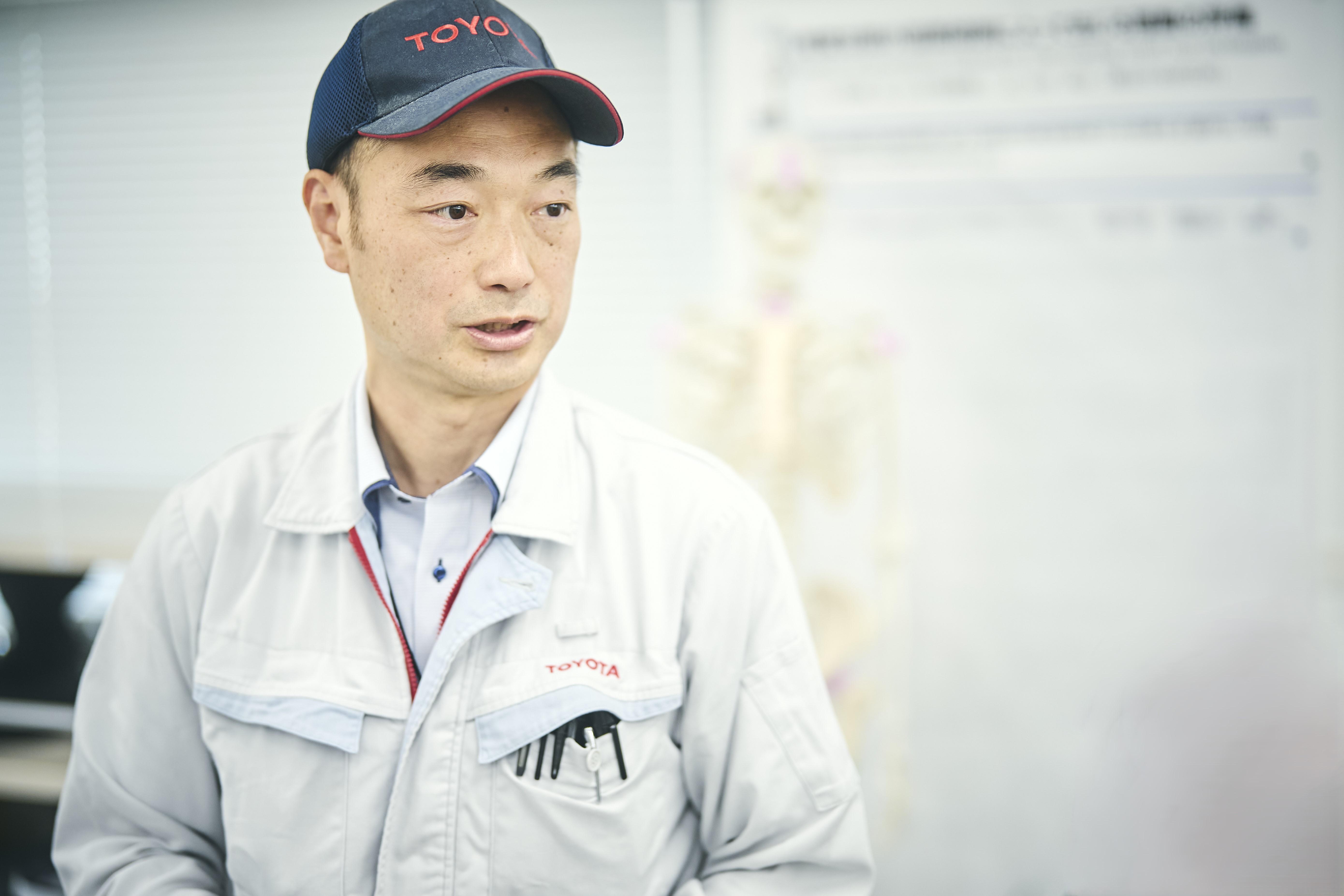
It’s said that Japanese people were once able to carry 100 kg rice bales. We think this reflects not how incredible past people were, but how our abilities have been lost in modern times.
How do we recover those lost abilities? This question gave rise to the concept of ERIA—Enhancement by Recovering Inherent Abilities.
Enhancement typically refers to muscle training, brain training, or using glasses or hearing aids, but the ERIA approach is fundamentally different.
How does it differ? This is where things get really interesting.
Rather than strengthening the brain, muscles, and sensory organs through training or devices, the emphasis is on developing interconnections between these elements.
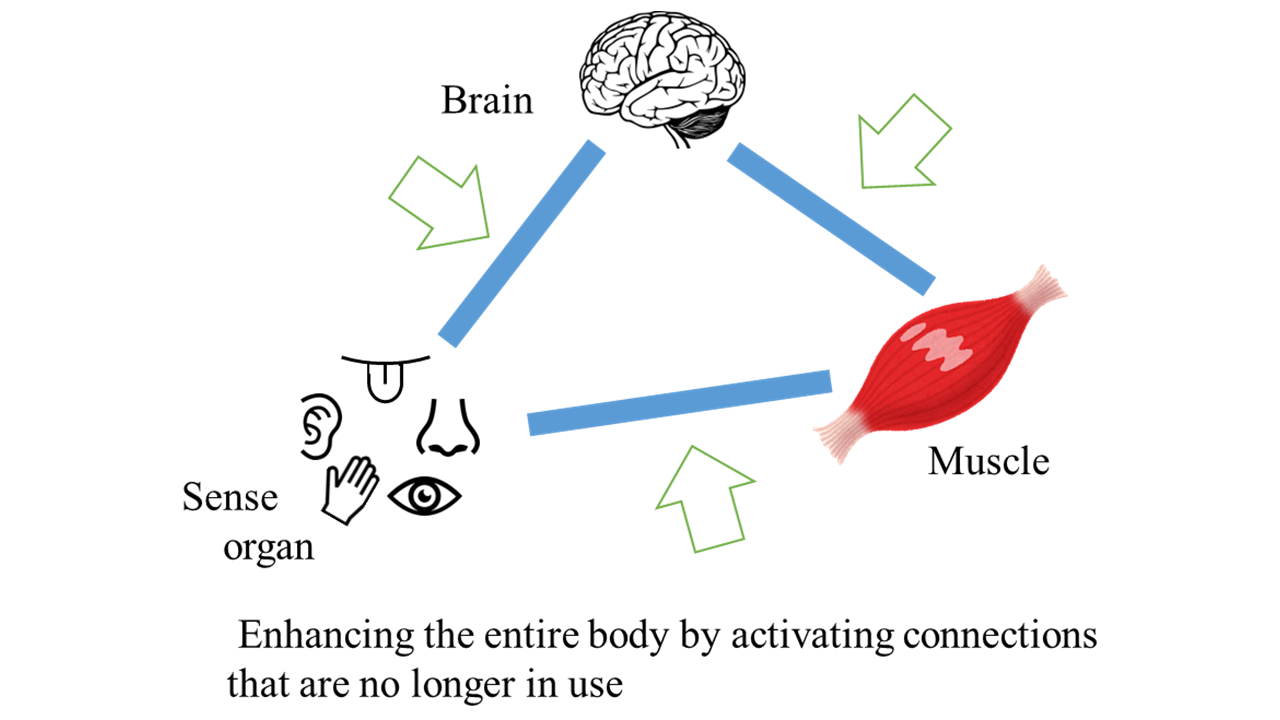
Tadashi Odashima, Project Manager, Quantum Human Research Group, Frontier Research Center
Our focus is on the interconnections that people possess but no longer use in everyday life. We thought that people in the past had stronger connections between the brain, muscles, and sensory organs than we do today, enabling them to efficiently coordinate their bodies and demonstrate high athletic ability.
Unlike the brain or muscles, these connections cannot be consciously honed. Odashima and his team needed a way to develop them subconsciously.
Their solution was to create the swivel chair mentioned earlier.
The researchers investigated the difference in muscle activity between a fixed-seat chair and a tilted swivel chair. They found that the latter repeatedly engaged inner muscles not just in the pelvic region but all over the body.
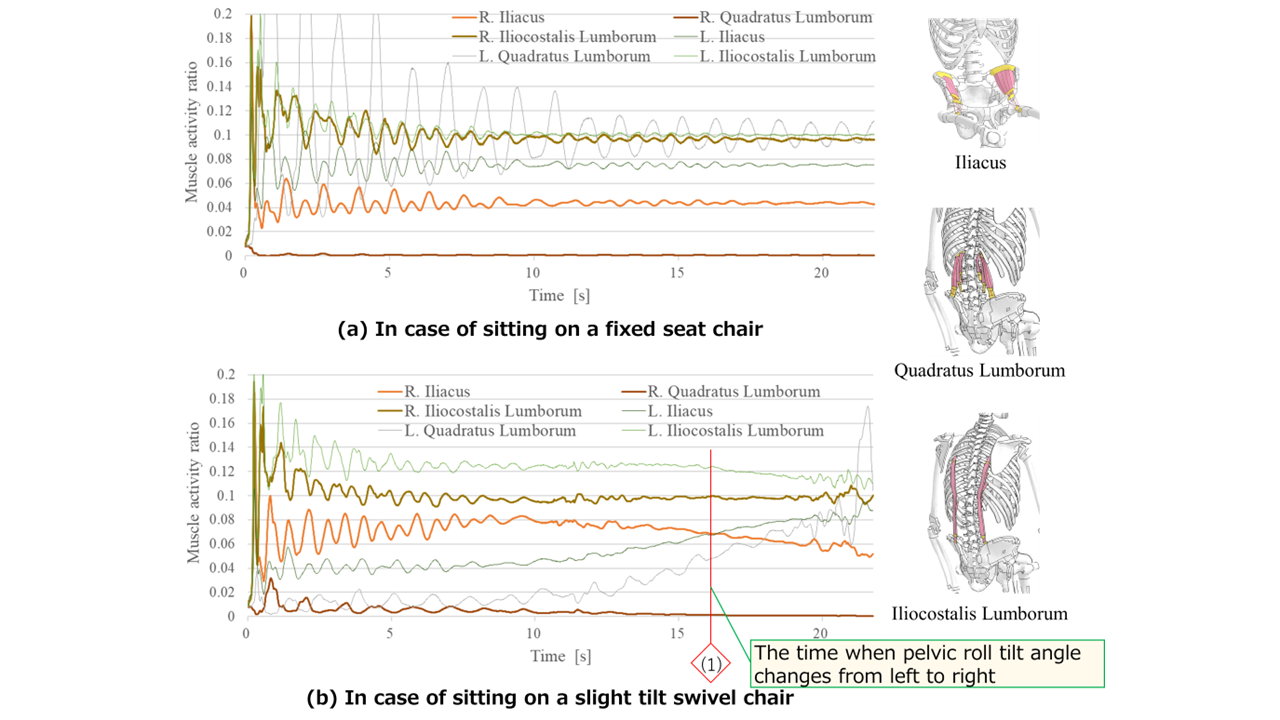
The new chair promises to boost muscle coordination and improve abilities that were previously lost. In other words, it may strengthen areas that cannot be consciously trained in the same way as our muscles or brains.
And unlike those arduous training routines, you simply need to sit in a chair, which requires little conscious effort to sustain.
What’s more, while sitting in the same position for long periods places strain on the hips and can easily cause lower back pain, a moving seat makes staying in a fixed posture more difficult. As a result, the tilting chair could be effective in reducing back pain.
Toyota’s team is also exploring various other types of chairs. What they all have in common is wobbling, unstable seats. It’s all about kinetic chains—if that sounds complicated, read on for a simple explanation.

